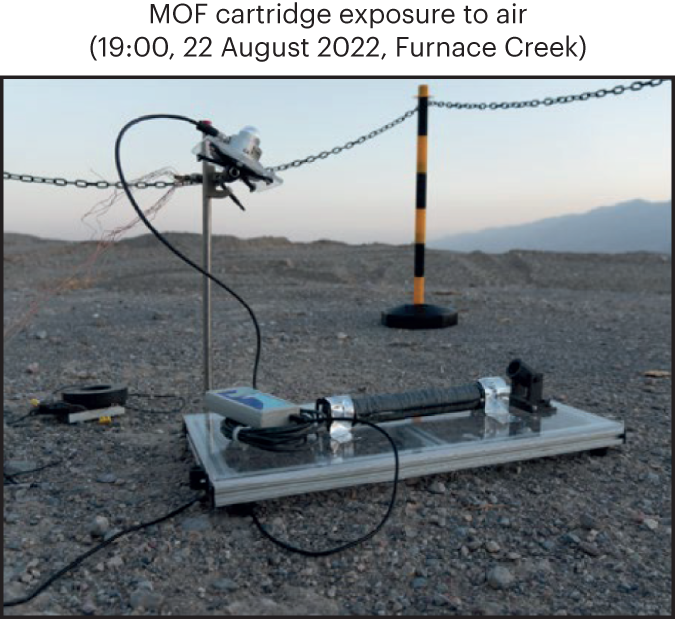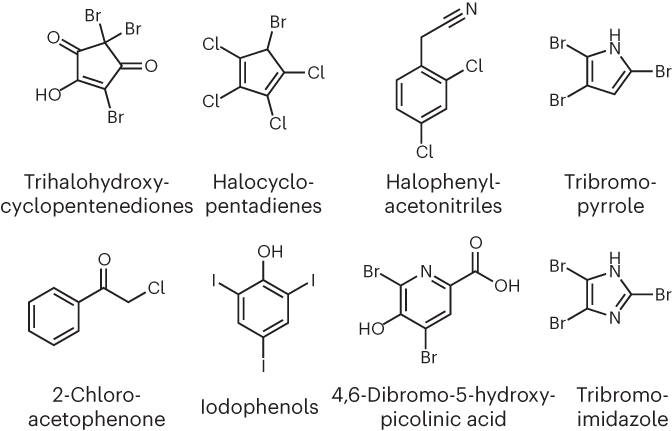For papers regarding water and wastewater treatment, we are interested in both conceptual advance and potential for practical use.
There should be some kind of limit to the number of times a journal writes about itself. It certainly may seem an overkill to publish an introspective Editorial just one issue after we reflected on what we achieved in our first year of existence1. However, it was precisely during the work of reflection in preparation for the January issue Editorial that we realized the need to dwell on the way we consider fundamental and applied research work — admittedly we also received some comments from our readership almost at the same time. Although such views could be applied to all of the topics we cover, they are easily exemplified by the areas of water and wastewater treatment, and for the sake of this Editorial we focus on those.
Already while planning the launch of Nature Water, it was clear to us that a journal on water and society should publish research that provides practical and sustainable solutions. We felt that it was particularly important to insist on this point because the tradition of journals in the Nature Portfolio has been for a long time to look for conceptual advance or mechanistic understanding — though the trend towards technology has changed in the last few years. In our view, if a manuscript demonstrates the potential real-world applicability of a concept developed previously, the potential impact could be enough, at least from an editorial perspective, to be considered for publication. Perhaps the best example of this line of reasoning is the paper by Song et al. that reported the demonstration of water capture in a very dry location with a device conceived previously2 (Fig. 1). In terms of reviews, the Review Article by Dang et al. in this issue beautifully illustrates the concept of starting from the working principle of a technology to explore its real-life application even to an industrial level.
Adapted from ref. 2, Springer Nature Ltd.
It is undeniable that most of the papers we have published so far have a strong applied slant. However, we want to clarify that we are still interested in fundamental insight that would have relevance for water treatment down the line. In our pre-launch collection we included papers like the one by Song et al.3 that explored the mechanisms of water permeability in artificial aquaporins. In a News & Views in June 20234 we highlighted a paper studying the fundamental aspects of water transport in reverse osmosis membranes5. Among the papers we published, a clear example is the paper by Hu et al.6, which explored the effect of lattice strain and element speciation on the chemical microenvironment of Fe0 particles with a view to optimize the reduction properties of the material. Although Fe0 nanomaterials are considered for environmental remediation, the specific study investigates the change of their chemical properties by introducing a chemistry-related approach, and from an editorial perspective the findings were interesting enough in themselves to be considered without a practical demonstration. Another example is the review by Mitch et al.7 (Fig. 2). Disinfection byproducts (DBPs) are clearly connected to water treatment. But the Review Article itself explores primarily the chemical properties of a special category of DBPs and the associated organic matter precursors.
Reproduced from ref. 7, Springer Nature Ltd.
To state it plainly, we would not consider research about the chemical or physical properties of water with no connection to water treatment. Those results are of course of value, but in our view are better suited in venues focussing on chemistry or physics. However, if there is a connection with water treatment, our criteria for consideration remains solely the perceived significance and potential impact of the results, whether they improve our fundamental understanding or show promise for applications.
References
Nat. Water 2, 1 (2024).
Song, W., Zheng, Z., Alawadhi, A. H. & Yaghi, O. M. Nat. Water 1, 626–634 (2023).
Song, W. et al. Nat. Nanotechnol. 15, 73–79 (2020).
Lueptow, R. M. Nat. Water 1, 492–493 (2023).
Wang, L. et al. Sci. Adv. 9, eadf8488 (2023).
Hu, X. et al. Nat. Water 2, 84–92 (2024).
Mitch, W. A., Richardson, S. D., Zhang, X. & Gonsior, M. Nat. Water 1, 336–347 (2023).
Rights and permissions
About this article
Cite this article
Fundamentals and applications in water treatment. Nat Water 2, 101 (2024). https://doi.org/10.1038/s44221-024-00211-y
Published:
Issue Date:
DOI: https://doi.org/10.1038/s44221-024-00211-y


